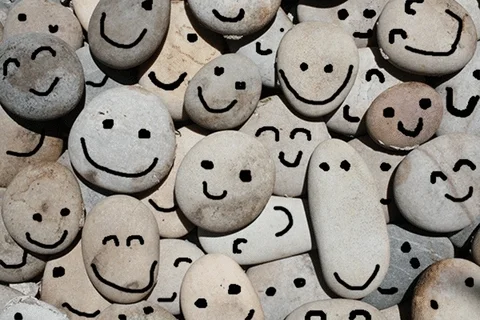
Have you ever gone rock hunting? How many different types of rocks did you find? Have you ever wondered how those rocks were formed?
Did you know that rocks go through a cycle? Three basic rock forms make up a rock's cycle. Each rock type is a different stage in the transformation of a rock. Creating a rock cycle diagram lets you see and learn how rocks are formed.
Igneous Rock
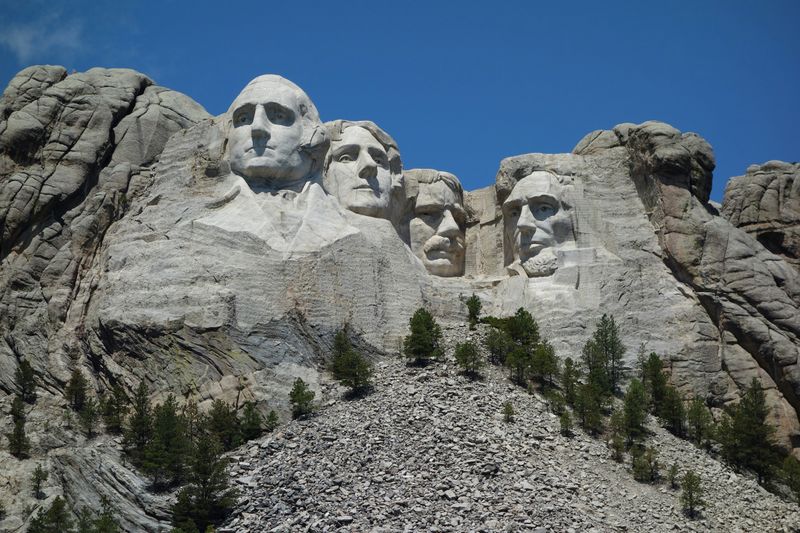 Photo by Uniq Trek on Unsplash
Photo by Uniq Trek on UnsplashLife for a rock begins when a volcano erupts. The lava that flows from a volcano cools and becomes igneous rock — the first rock in our rock cycle.
Igneous rock can be granite (like the presidents of Mount Rushmore) or obsidian, which is glassy, slightly harder than window glass, and jet-black in color.
Our rock cycle diagram begins with a volcano and moves to igneous rock.

Sedimentary rock
 Photo by Lisa Yount on Unsplash
Photo by Lisa Yount on UnsplashWeathering (wind, rain, movement, heat, cold, and chemical reactions) breaks down the igneous rock into pebbles and smaller rocks, called sediment. When layers of sediment get cemented together (called lithification) they form a solid rock, called sedimentary rock. This is what causes the stripes (known as striations) that you see in some rocks!
 Here's the process:
Here's the process:
Weathering breaks rocks into smaller pieces (sediments).
Sediments are transported by water, wind, or ice.
Sediments settle and undergo lithification.
Lithification includes compaction and cementation.
Compaction happens as heavier sediments compress lighter ones, reducing open spaces.
Cementation happens as water dissolves minerals, which crystallize and bind the sediments into solid rock
Add sediment (pebbles and smaller rocks) and sedimentary rock (striped rock) to the next phases in your cycle diagram.
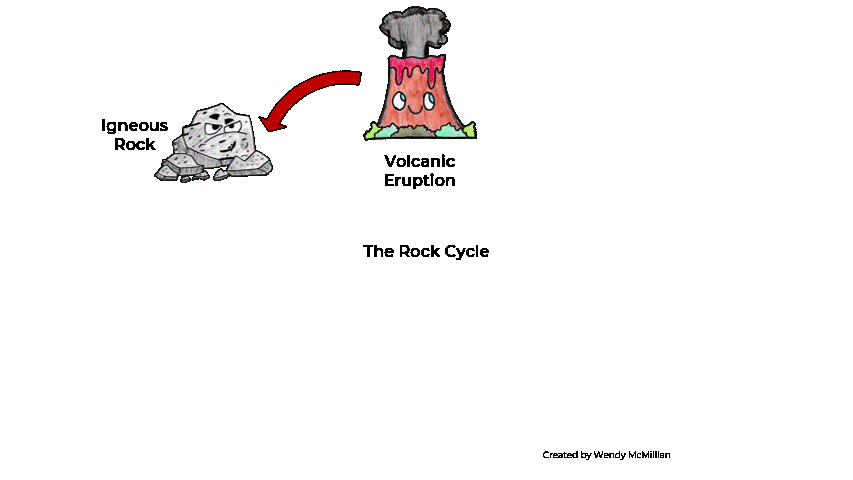
Metamorphic Rock
 Photo by Patrick Perkins on Unsplash
Photo by Patrick Perkins on UnsplashWhen heat and pressure are applied to rocks, they transform into metamorphic rock. If you've admired a marble statue, you've admired metamorphic rock!
Metamorphic rock is formed from heat and pressure deep within the Earth. Heat causes minerals in rock (like igneous rock) to recrystallize and create new textures. Pressure then compacts those minerals and rearranges those crystals making the rock harder and uniquely colored.
This is the next step in our rock cycle diagram: metamorphic rock!
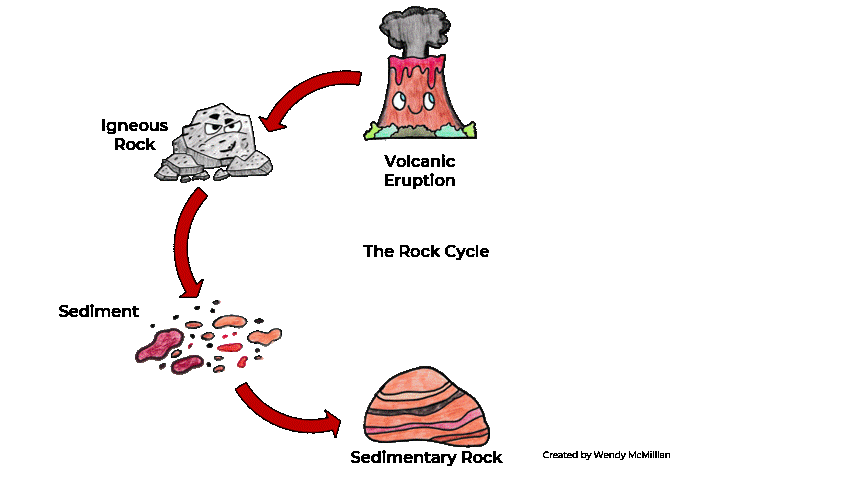
Closing the Loop of The Rock Cycle
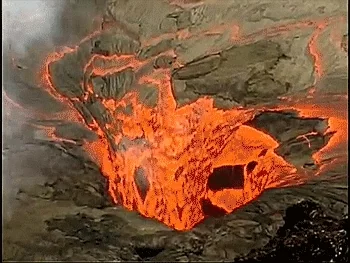
If rock continues to be heated, it will melt and become magma and the whole process will begin again! Magma is liquid rock! It's found beneath the surface of Earth. Magma that flows to the surface is called lava.
Add magma to complete the rock cycle diagram!
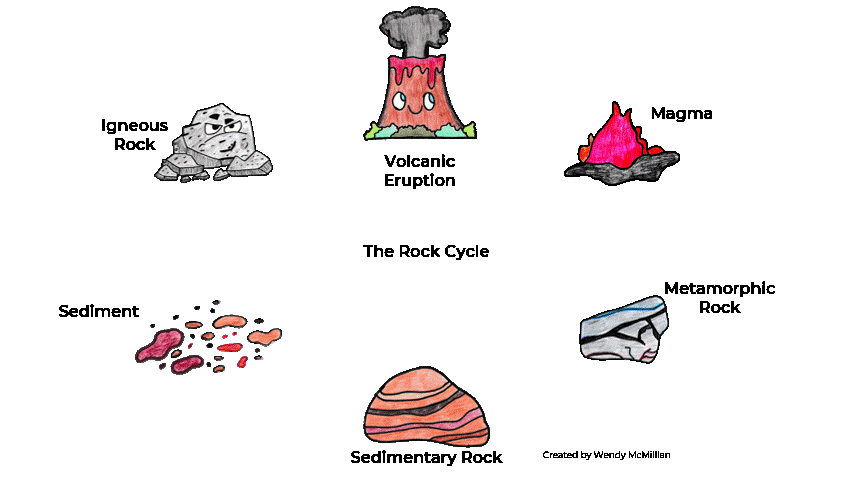
Rocks don't always follow this cycle in order!
Rocks can change from one type to another in any order. For example, wind and water can transform sedimentary rock back to sediment, and heat and pressure can change igneous rock to metamorphic rock.
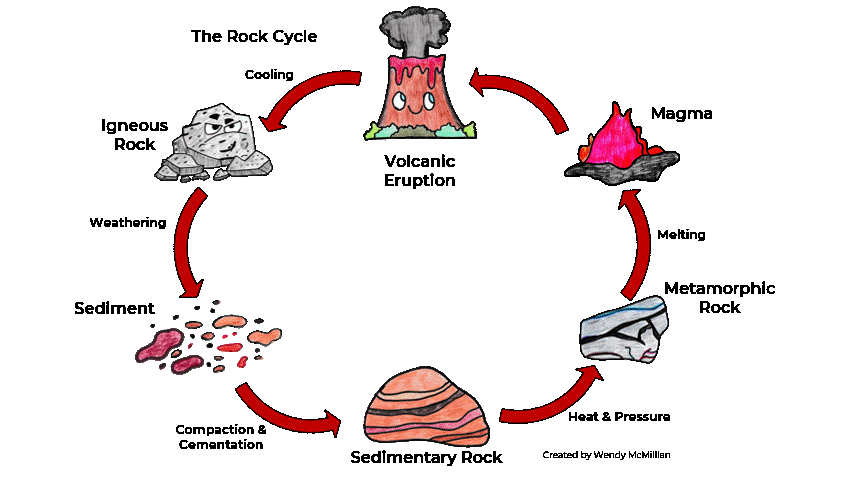
You could add these transformations and changes to your cycle by drawing arrows. For example, draw an arrow from sedimentary rock to sediment or from igneous rock to metamorphic rock.
Write the causes of these transformations over the arrows. For example, over the arrow from sedimentary rock to sediment, write "wind and water".
Quiz
Your friend crumbles a piece of cake then uses it as a topping for another dessert. They compare their action to the process of making sediment in the rock cycle. Why would they say this?
Take Action
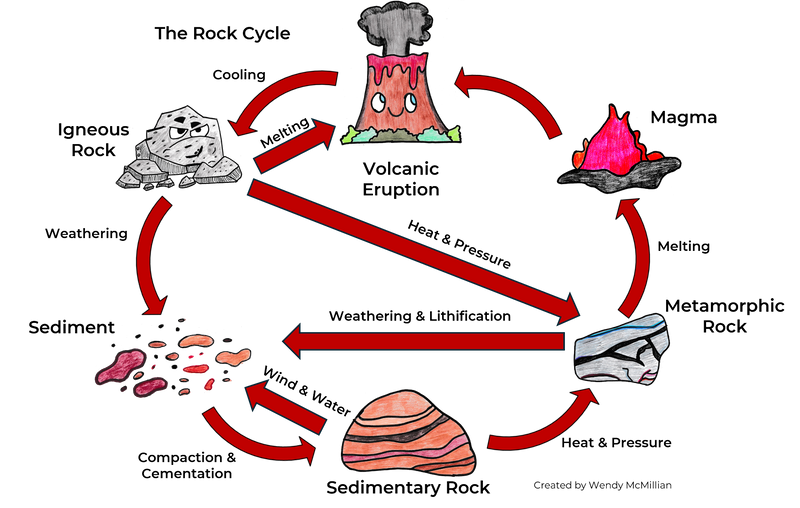
With a completed rock cycle diagram, you can now see the stages a rock goes through!
You may have other questions about rocks. For example, is a diamond a rock? Or maybe you're curious to learn more detail about the phases that rocks go through. Learn more about rocks with these Bytes:
Your feedback matters to us.
This Byte helped me better understand the topic.
